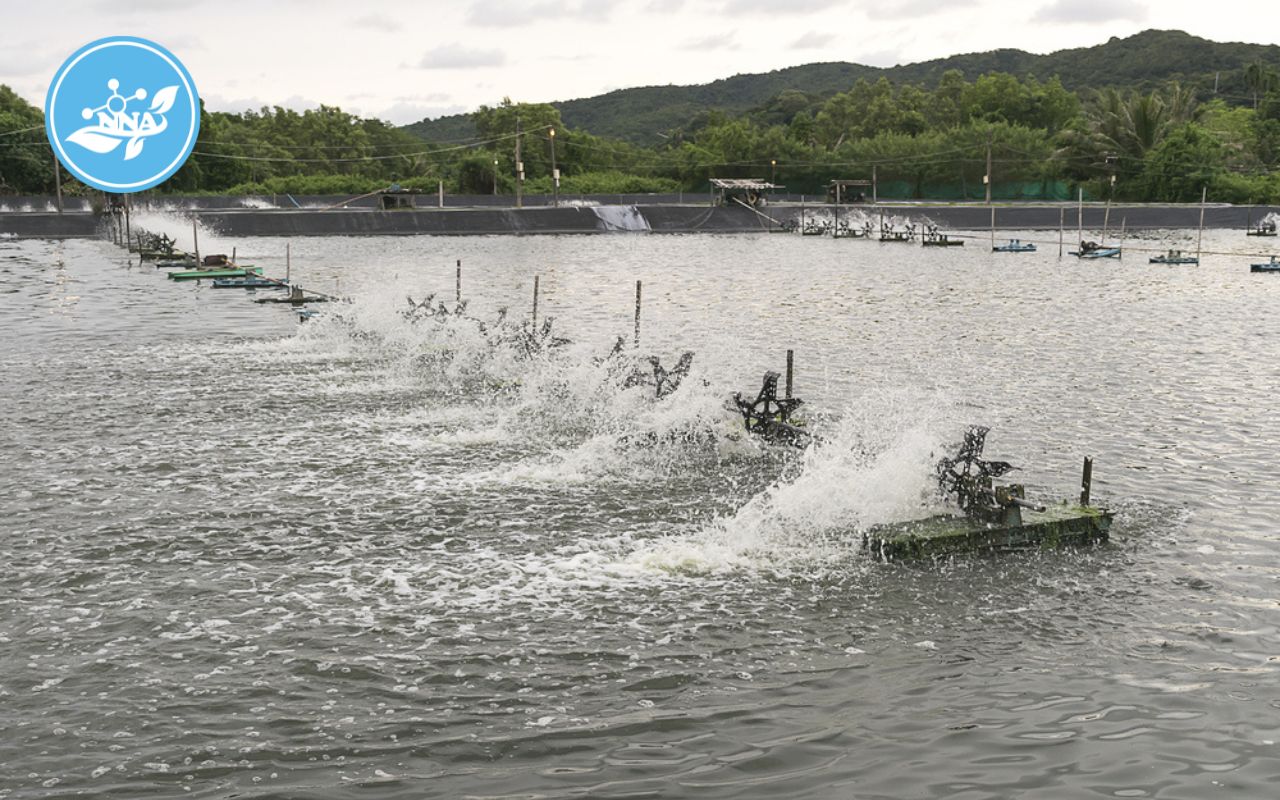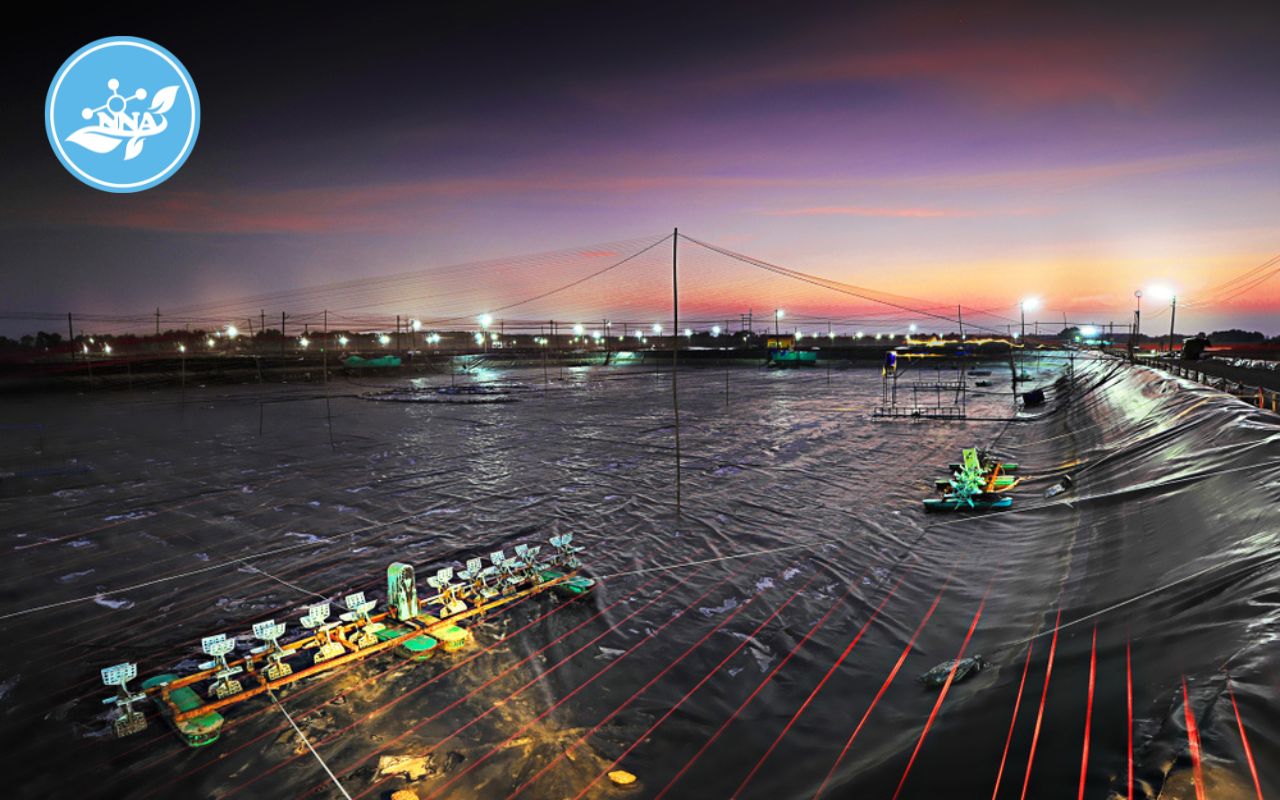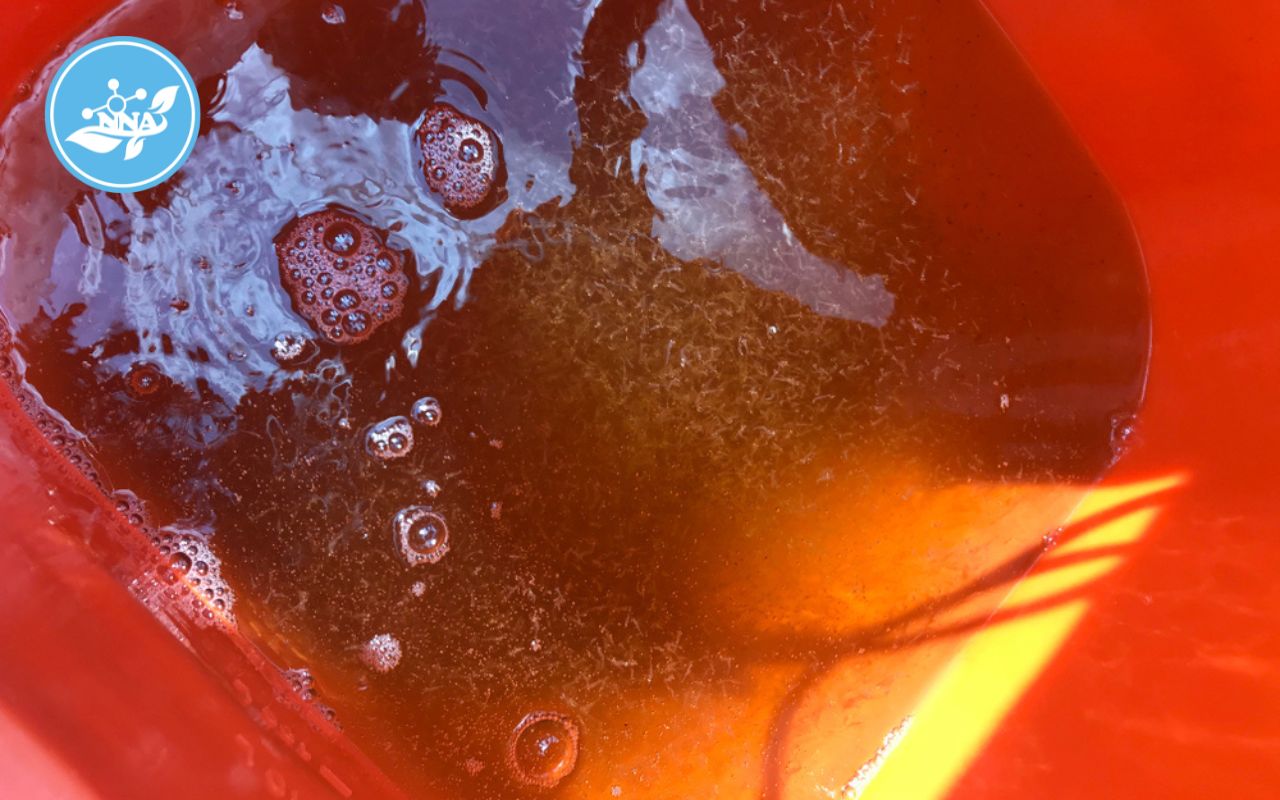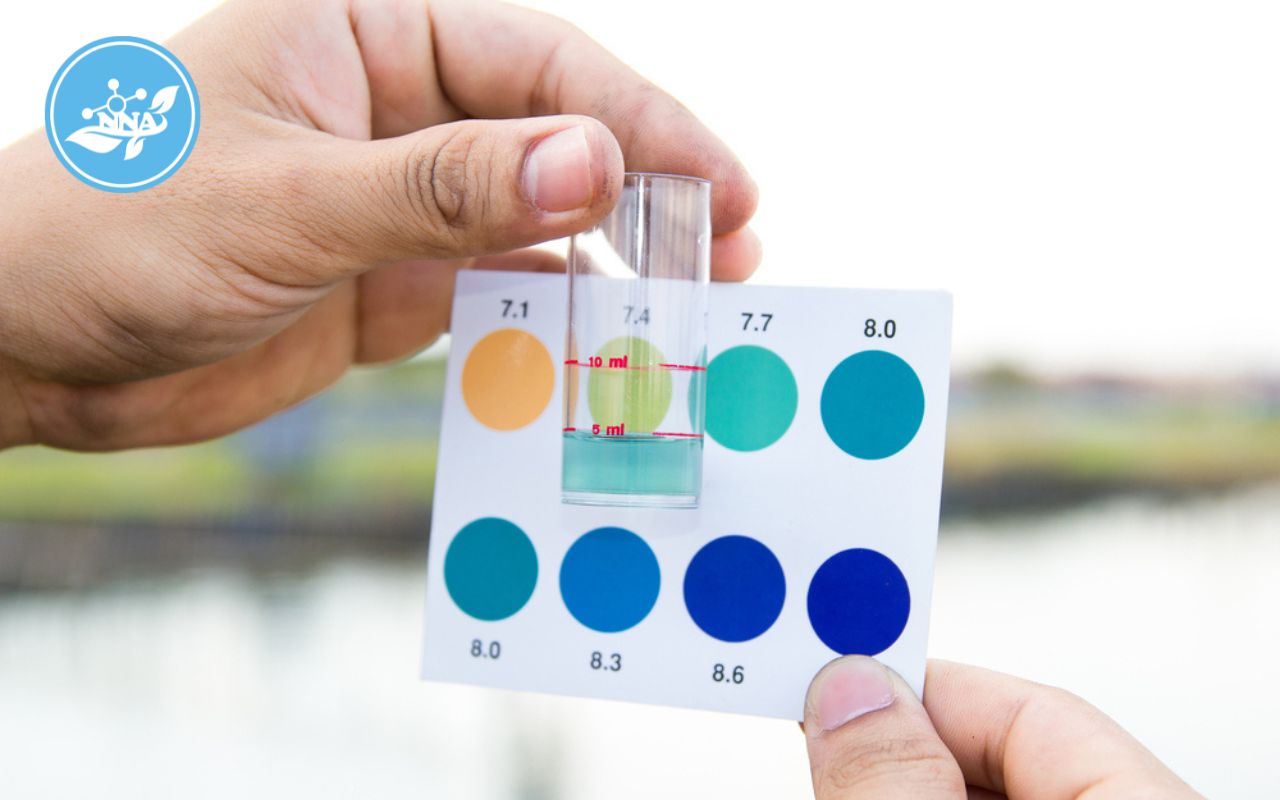White leg shrimp farming is a lucrative business that has gained popularity in recent years due to its high demand. To get the most out of this venture, it’s important to properly prepare the pond where the shrimp will be farmed. This involves creating the ideal conditions for the shrimp to thrive, and ensuring that the pond is free of contaminants that could harm the shrimp. In this article, we will outline the steps you need to take to prepare your pond for white leg shrimp farming.
Nội dung bài viết
Step 1: Assemble the Essential Supplies and Equipment
 Before you start preparing your pond, it’s important to gather all the necessary supplies and equipment. This includes:
Before you start preparing your pond, it’s important to gather all the necessary supplies and equipment. This includes:
- A water testing kit to measure pH, salinity, and oxygen levels
- An aeration system with a propeller capable of producing a minimum of 0.5 cubic meters of air per minute for every 1000 liters of water
- High-quality shrimp feed
- A thermometer for monitoring water temperature
Step 2: Prepare the Pond for White Leg Shrimp Farming
 Once you have assembled all the necessary supplies and equipment, it’s time to start preparing the pond for white leg shrimp farming. Follow these steps:
Once you have assembled all the necessary supplies and equipment, it’s time to start preparing the pond for white leg shrimp farming. Follow these steps:
- Clean and remove any debris or contaminants from the pond: This will help to create a clean and safe environment for the shrimp to thrive in.
- Fill the pond with water and adjust the pH: Fill the pond with water and adjust the pH to between 7.0 and 8.0, which is the ideal range for white leg shrimp. This can be done using a pH adjusting solution or by adding the appropriate amount of sodium carbonate or sodium hydroxide to the water.
- Add salt to the pond: White leg shrimp require a salinity level of 20 to 30 ppt (parts per thousand), so add salt to the pond to achieve this. It’s important to measure the salinity levels regularly to make sure they remain within the ideal range.
Step 3: Introduce the Shrimp to the Pond
 Once the pond has been properly prepared, it’s time to introduce the shrimp to the pond:
Once the pond has been properly prepared, it’s time to introduce the shrimp to the pond:
- Acclimate the shrimp: Slowly acclimate the shrimp to the pond by gradually increasing the water temperature to match the temperature in the pond. This will help the shrimp to adjust to their new environment and reduce the risk of stress or disease.
- Release the shrimp into the pond: Once the shrimp have been acclimated, it’s time to release them into the pond. Monitor their behavior closely over the first few days to make sure they are adapting well.
Step 4: Maintain the Pond Conditions
To ensure the success of your white leg shrimp farming operation, it’s important to maintain the conditions in the pond. Here are some key things to keep in mind:
- Regularly monitor water quality and temperature: Use a water testing kit to regularly check the pH, temperature, and other parameters to ensure that they are within the optimal range for white leg shrimp farming. The water temperature should be maintained between 25°C and 32°C, with a pH between 7.0 and 8.0, and an oxygen concentration of at least 5 mg/L.
- Control bacteria in the pond environment: To ensure that the pond environment remains healthy and free of harmful bacteria, consider using a product such as Nano silver SILMAT. This type of product is specifically designed to control bacteria in aquaculture systems and can help to prevent the spread of disease and parasites.
- Adjust the aeration system as necessary: Make sure that the aeration system is providing enough oxygen to the pond, and adjust it as necessary to maintain an oxygen concentration of at least 5 mg/L. The propeller power should be adjusted as needed to maintain a flow rate of 0.5 cubic meters per minute per 1000 liters of water.
- Provide high-quality shrimp feed: White leg shrimp require a balanced diet to thrive, so it’s important to provide them with a high-quality feed that contains the right mix of protein, carbohydrates, and other nutrients.
- Regularly check for disease and parasites: Keep an eye out for signs of disease or parasites, such as abnormal behavior or discoloration, and take action as needed to address these issues. Regular water tests and inspections of the shrimp can help you to identify any problems early on and take action to prevent them from spreading.
- Maintain good water circulation: Good water circulation is essential for maintaining a healthy and clean environment for the shrimp. Make sure that the aeration system is working effectively, and adjust it as necessary to maintain good water flow throughout the pond.
Conclusion
White leg shrimp farming can be a profitable and rewarding venture, but it’s important to take the time to properly prepare the pond before introducing the shrimp. By following the steps outlined in this article, you can create the ideal conditions for the shrimp to thrive, and maximize the success of your farming operation. Regular monitoring of water quality, feeding, and disease management are also key to ensuring the success of your white leg shrimp farm. With proper preparation and maintenance, you can enjoy a bountiful harvest of healthy and delicious shrimp.
NANO NNA VIET NAM
